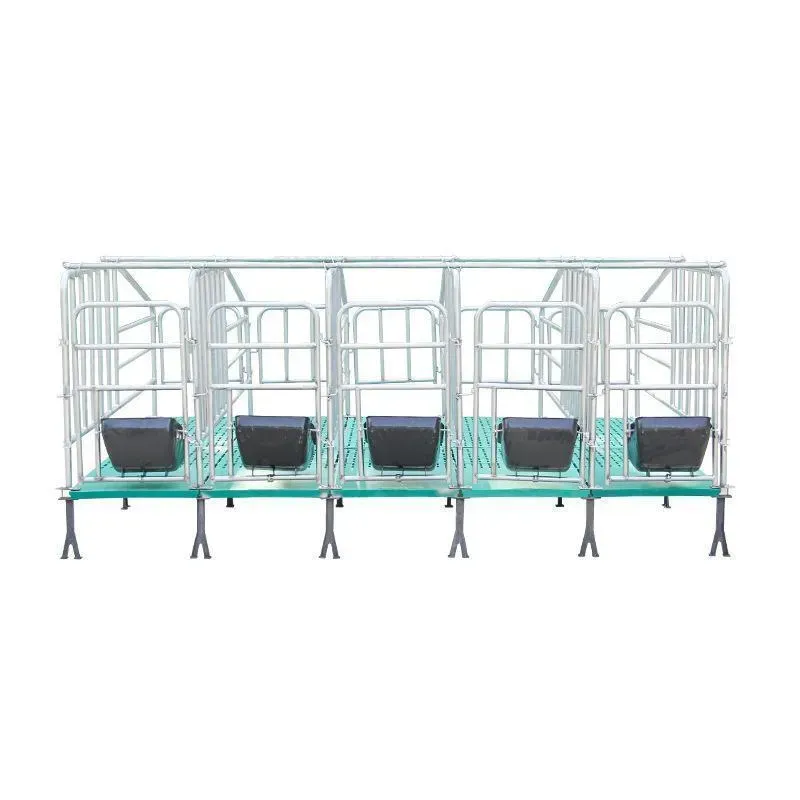direct drive exhaust fans
Oct . 08, 2024 17:59 Back to list
direct drive exhaust fans
Understanding Direct Drive Exhaust Fans An Essential Component for Efficient Ventilation
In modern industrial and commercial applications, ventilation plays a critical role in maintaining air quality and ensuring safety. One popular solution that has gained significant attention is the use of direct drive exhaust fans. These fans are engineered to provide efficient air movement and are essential in various settings such as factories, warehouses, and commercial kitchens. In this article, we will explore the concept of direct drive exhaust fans, their advantages, applications, and maintenance considerations.
What are Direct Drive Exhaust Fans?
Direct drive exhaust fans utilize a direct connection between the motor and the fan blade, eliminating the need for a belt or pulley system. This configuration allows for a more compact design and minimizes energy loss typically associated with belt-driven systems. Direct drive fans are available in various sizes and configurations, making them suitable for different ventilation needs.
Advantages of Direct Drive Exhaust Fans
1. Energy Efficiency One of the primary benefits of direct drive exhaust fans is their energy efficiency. Since they lack belts and pulleys, they reduce the amount of energy lost during operation. This efficiency not only lowers electricity costs but also contributes to a reduced carbon footprint, making them an environmentally friendly option.
2. Low Maintenance Direct drive fans require significantly less maintenance compared to their belt-driven counterparts. The absence of belts decreases the chances of wear and tear, ultimately resulting in lower maintenance costs and less downtime. This reliability is crucial for operations that cannot afford interruptions in airflow.
3. Space Saving Design Direct drive fans are typically more compact than traditional belt-driven fans, making them easier to install in tight spaces. Their streamlined design allows for greater flexibility in installation, which is especially beneficial in environments where space is at a premium.
4. Consistent Performance These fans provide consistent airflow and pressure, ensuring that ventilation systems operate optimally. The direct connection between the motor and fan blades enables smoother operation, reducing vibrations and noise levels—an essential factor in maintaining a comfortable working environment.
5. Versatility Direct drive exhaust fans are suitable for various applications, including exhaust ventilation, smoke control, and general air movement. They can be used in a wide range of industries such as manufacturing, food processing, and commercial facilities.
Applications of Direct Drive Exhaust Fans
direct drive exhaust fans

Direct drive exhaust fans are often utilized in settings requiring reliable ventilation systems
. Some common applications include- Industrial Facilities In factories and manufacturing plants, these fans help remove fumes, dust, and other airborne contaminants, ensuring a safe working environment for employees.
- Commercial Kitchens The high heat and moisture generated in commercial cooking areas necessitate powerful ventilation systems. Direct drive exhaust fans effectively expel hot air, smoke, and odors, promoting a healthier atmosphere for kitchen staff.
- Agricultural Sector In agricultural applications, these fans support ventilation in livestock facilities and greenhouses, contributing to optimal growth conditions for plants and animals.
- Wastewater Treatment Plants Proper ventilation is crucial for odor control and aeration in wastewater treatment facilities. Direct drive exhaust fans help maintain air quality while managing operational efficiency.
Maintenance Considerations
Although direct drive exhaust fans require less maintenance, regular checks are essential to ensure optimal performance. It is advisable to inspect the motor, fan blades, and housing for any signs of damage or wear. Cleaning the fan and surrounding areas can also prevent dust and debris buildup, which can hinder performance.
Moreover, it is recommended to have a professional technician perform annual maintenance checks to ensure the system operates efficiently and to address any potential issues before they escalate.
Conclusion
Direct drive exhaust fans are invaluable in modern ventilation solutions, offering enhanced energy efficiency, reduced maintenance, and versatile applications. By understanding their functionality and benefits, businesses can make informed decisions to optimize their ventilation systems. As industries continue to prioritize air quality and operational efficiency, the role of direct drive exhaust fans will undoubtedly become increasingly significant in creating safer and more productive environments.
-
Hot Sale 24 & 18 Door Rabbit Cages - Premium Breeding Solutions
NewsJul.25,2025
-
Automatic Feeding Line System Pan Feeder Nipple Drinker - Anping County Yize Metal Products Co., Ltd.
NewsJul.21,2025
-
Automatic Feeding Line System Pan Feeder Nipple Drinker - Anping County Yize Metal Products Co., Ltd.
NewsJul.21,2025
-
Automatic Feeding Line System - Anping Yize | Precision & Nipple
NewsJul.21,2025
-
Automatic Feeding Line System - Anping Yize | Precision & Nipple
NewsJul.21,2025
-
Automatic Feeding Line System-Anping County Yize Metal Products Co., Ltd.|Efficient Feed Distribution&Customized Animal Farming Solutions
NewsJul.21,2025






